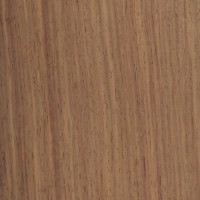 |
Common Name(s): Muninga, Kiaat, Mukwa Scientific Name: Pterocarpus angolensis Distribution: South-central Africa Tree Size: 40-60 ft (12-18 m) tall, 1.5-2.5 ft (.5-.8 m) trunk diameter Average Dried Weight: 38 lbs/ft3 (605 kg/m3) Specific Gravity (Basic, 12% MC): .59, .60 Janka Hardness: 1,360 lbf (6,050 N) Modulus of Rupture: 14,250 lbf/in2 (98.2 MPa) Elastic Modulus: 1,267,000 lbf/in2 (8.73 GPa) Crushing Strength: 8,020 lbf/in2 (55.3 MPa) Shrinkage: Radial: 1.7%, Tangential: 2.8%, Volumetric: 5.4%, T/R Ratio: 1.6 |
Color/Appearance: Heartwood color can vary widely from a lighter golden brown, to a darker reddish or purplish brown. Colors tend to become more subdued with age.
Grain/Texture: Grain is straight to interlocked. Medium to coarse texture with a low natural luster.
Endgrain: Diffuse-porous; large pores in no specific arrangement, very few; solitary and radial multiples of 2-3; mineral deposits occasionally present; growth rings indistinct; narrow rays not visible without lens, spacing close; parenchyma diffuse-in-aggregates, winged, confluent, and banded (not marginal).
Rot Resistance: Heartwood is rated as being durable to moderately durable; good resistance to insect attack.
Workability: Generally easy to work with tools, though if there is interlocked grain present, it may tearout during planing operations. Moderate blunting effect on cutters. Glues, stains, and finishes well.
Odor: Has a mild, aromatic scent while being worked.
Allergies/Toxicity: Although severe reactions are quite uncommon, Muninga has been reported to cause skin and respiratory irritation, as well as asthma-like symptoms. See the articles Wood Allergies and Toxicity and Wood Dust Safety for more information.
Pricing/Availability: Not commonly exported to North America, Muninga is occasionally available in board form, though it can also be found as veneer or as smaller craft lumber. Prices should be moderate for an imported hardwood.
Sustainability: This wood species is not listed in the CITES Appendices, but is reported by the IUCN as being near threatened. Technically it doesn’t meet the Red List criteria of a vulnerable or endangered species, but is close to qualifying and/or may qualify in the near future.
Common Uses: Furniture, boatbuilding, veneer, turnings, and other small wooden objects.
Comments: Sometimes sold under its South African name Kiaat, this wood is actually closely related to the much more well-known African Padauk (Pterocarpus soyauxii). And, much like other species in the Pterocarpus genus, Muninga has outstanding stability, and should remain quite stable in the midst of seasonal changes.
Scans/Pictures:


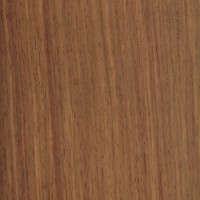
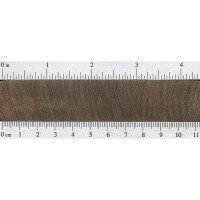
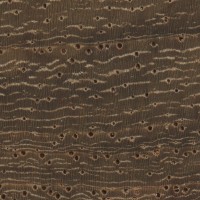
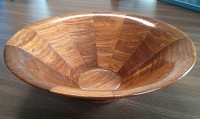



Dalmann name this timber as ‘Umbilo’ along with Kiatt and Mukwa.
Kiaat is traditionally used for coffins in South Africa – excuse the morbid trivia
Muninga/Kiaat is also used, just like its close relative padauk, as a tonewood for making marimba bars. See the following video: https://www.youtube.com/watch?v=DbrsSckEFzg
that looks like Kiaat/Muninga to me too. Kiaat has pale sapwood very different in colour from the heartwood, and this photo looks just like that.
It looks strikingly like the Mukwa I have brought back from Zambia.
Thanks Eric
Can someone help me identify this wood? The sellers says it’s Mukwa, but it’s so different from the pictures,
The ID seems plausible. The color of Muninga can be highly variable.